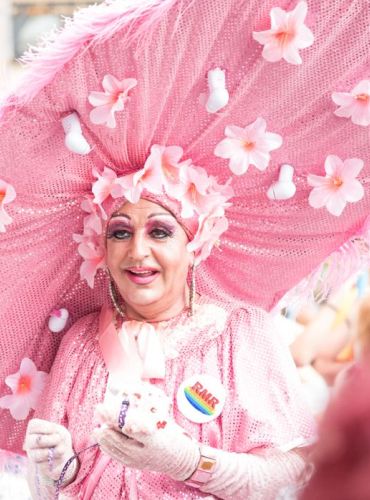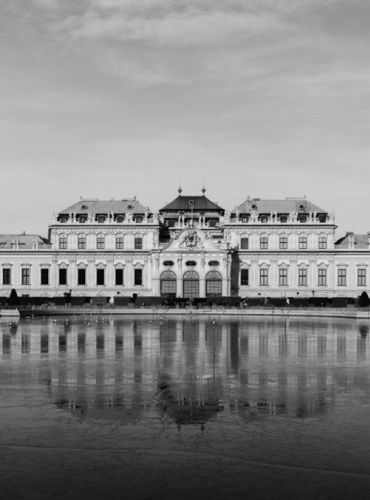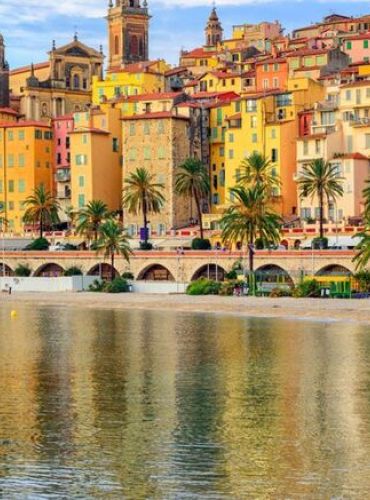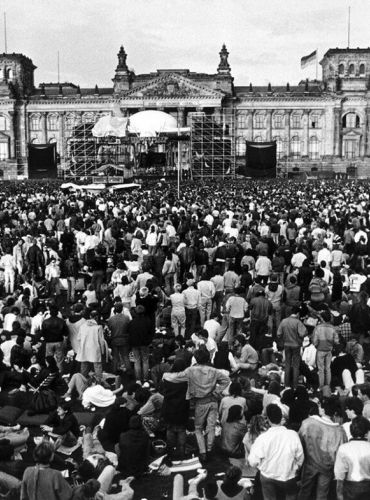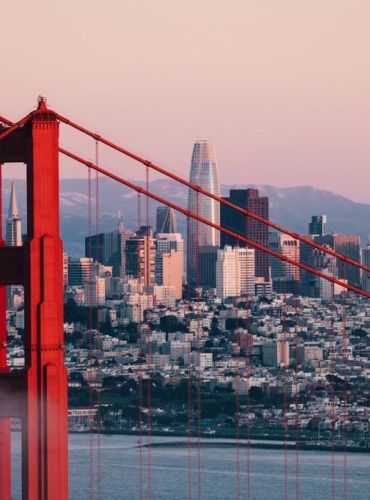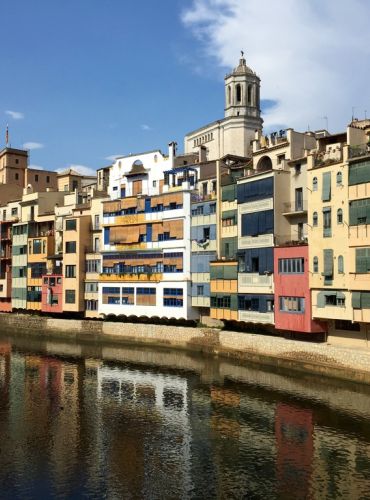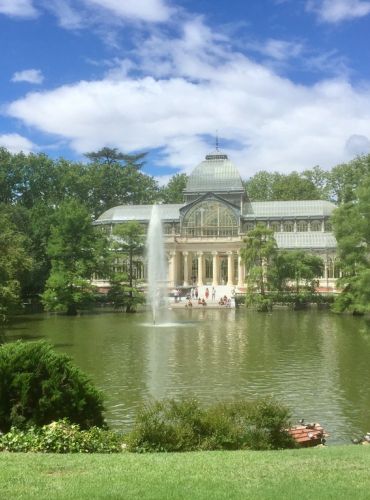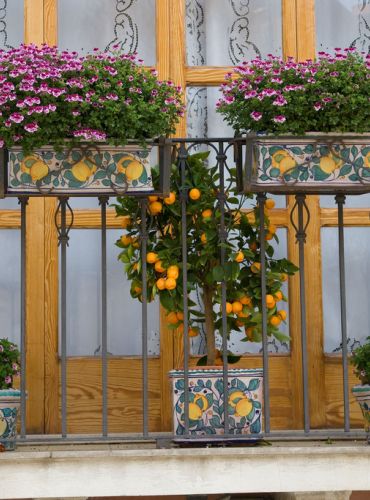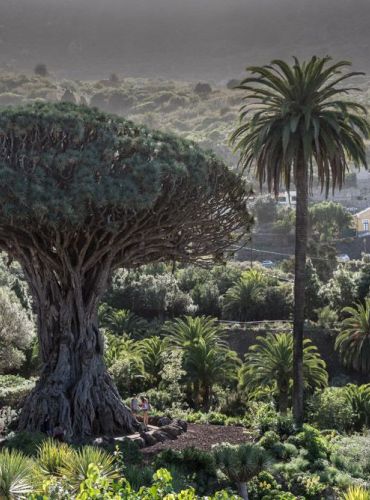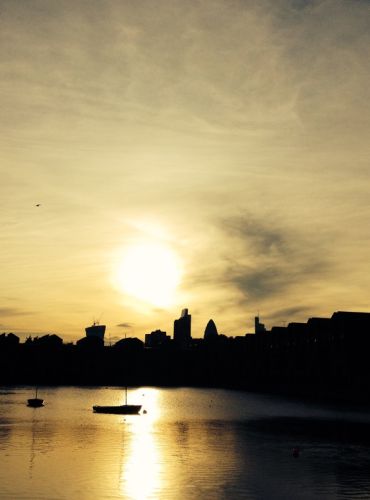Making the most of Florence

Giorgio Petti
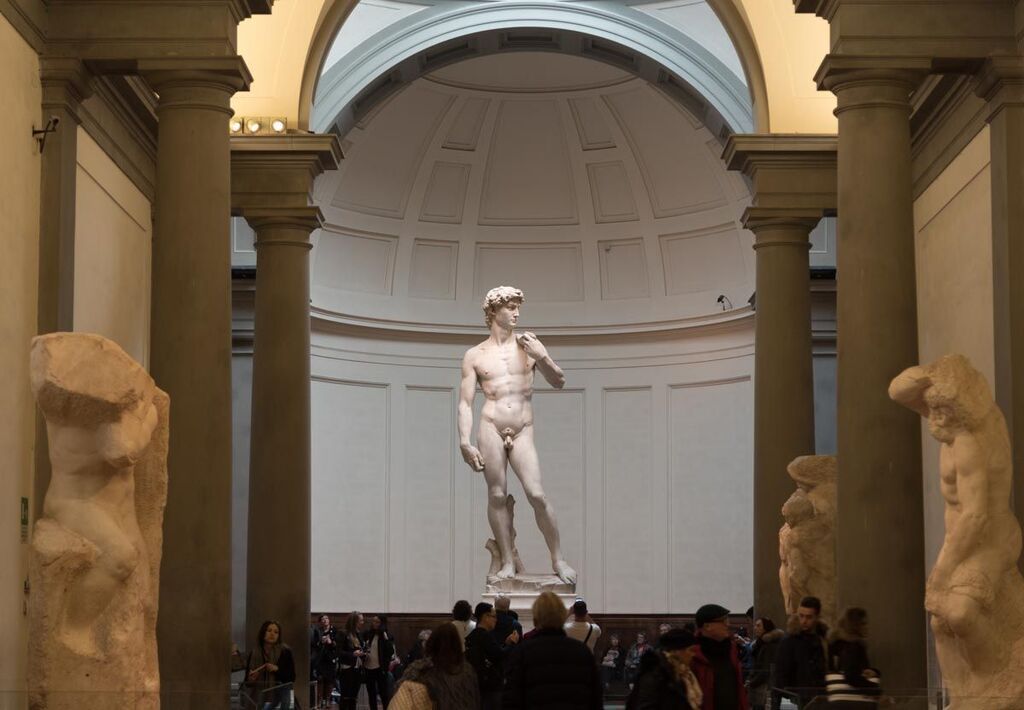
I have a picture of my grandparents posing for a photo in Florence's Piazzale Michelangelo, in the late 1930s, when they visited during their honeymoon. The breath-taking panorama of the Tuscan city is pretty much the same today as it was then. There you see in the background the trademarks of Florence: Duomo's enormous cupola, Giotto's bell tower and the Palazzo della Signoria.
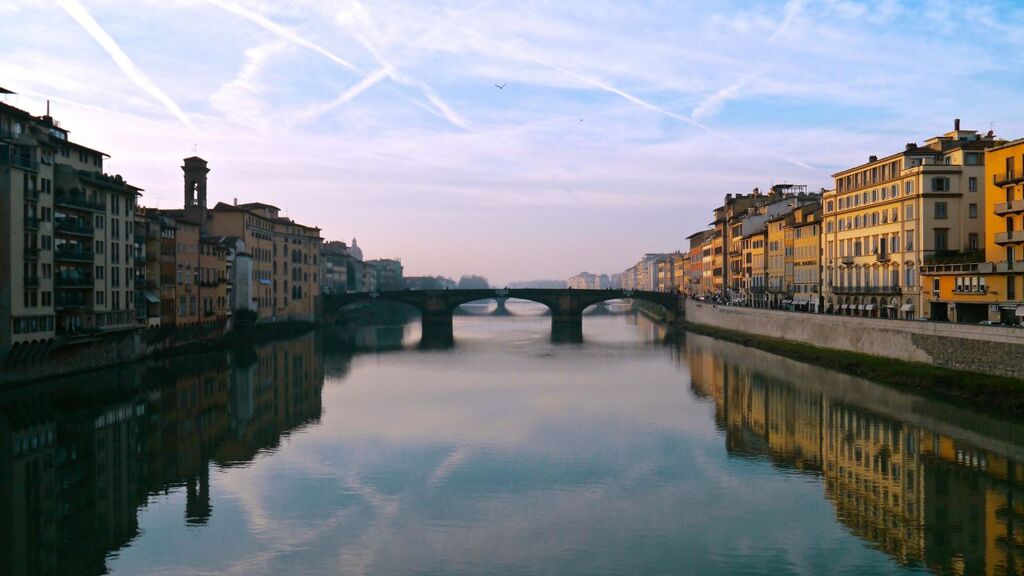
What hits you most about this very yellowed old photo is that there is absolutely no one around them on the spectacular viewpoint. No other tourists, no selfie-stick sellers, no souvenir stalls. It's just them and the stunning panorama. That's pretty different from the experience many people have of the city of Florence today. In the age of mass tourism this relatively small city is a magnet for what in Italian we call 'turismo mordi e fuggi' - literally 'bite and rush tourism'. In the months that span from April to September the city is almost taken over by tourists, often staying just a day or two and trying to cram in as much as possible - and there is an awful lot of stuff to see in Florence! The main museums like the Uffizi or the Accademia can often look like stadia, with crowds more akin to a football match than a cultural event.
I understand that many people have limited leisure time to travel and especially when they come from afar, they want to be able to see as much as possible in the time they have available. However I've always questioned the idea of 'checkbox tourism', that is the behaviour of the uber-rushed visitor who goes around with a metaphorical (or perhaps real) checklist of supposedly must-do sights, just in order to say that he/she has seen them - and naturally posts enough pictures and status updates on Facebook, for the questionable delight of people and friends at home. Once home, apart from a plethora of images and vague impressions, there is not much else to treasure.

We can't go back to my nonni's time and experience Florence (or any other city) like they would have done in their pre-WWII days. Mass tourism is here to stay and for an historical city like the Tuscan capital it also brings money and employment. The fact that more people have a chance to personally see the art treasures of the Renaissance, rather than just imagining them or seeing them in photos is indeed welcome. However it's also possible to ensure that a visit to Florence is not a tick box exercise, but a true appreciation of the city and its history.
Here are my tips to make a visit to Florence a really memorable one.
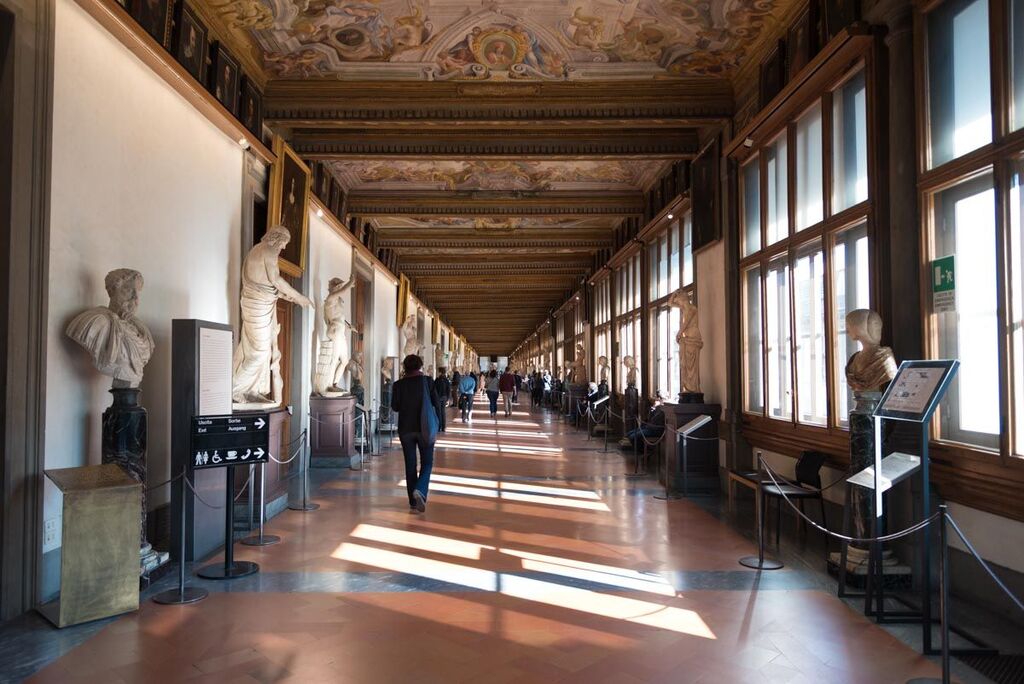
Museums without the hassle
Most museums these days allow you to book your visit in advance. I definitely recommend doing so, even in off season. If you want to then enjoy the museums without the crowds choose the early morning times - i.e. entrance between 8:30-9:30am. That's true: you will need to have an early breakfast, but seeing masterpieces like Botticelli's Venus without oceanic crowds is a price worth paying.
However beware of scam ticket sites, i.e. web pages that may look as the official outlets for tickets for a certain museum but are in reality agencies that levy hefty commission on tickets. If you book tickets through the official sites (and beware because some sites look very 'official' though they are not!) you will avoid paying such unnecessary fees.
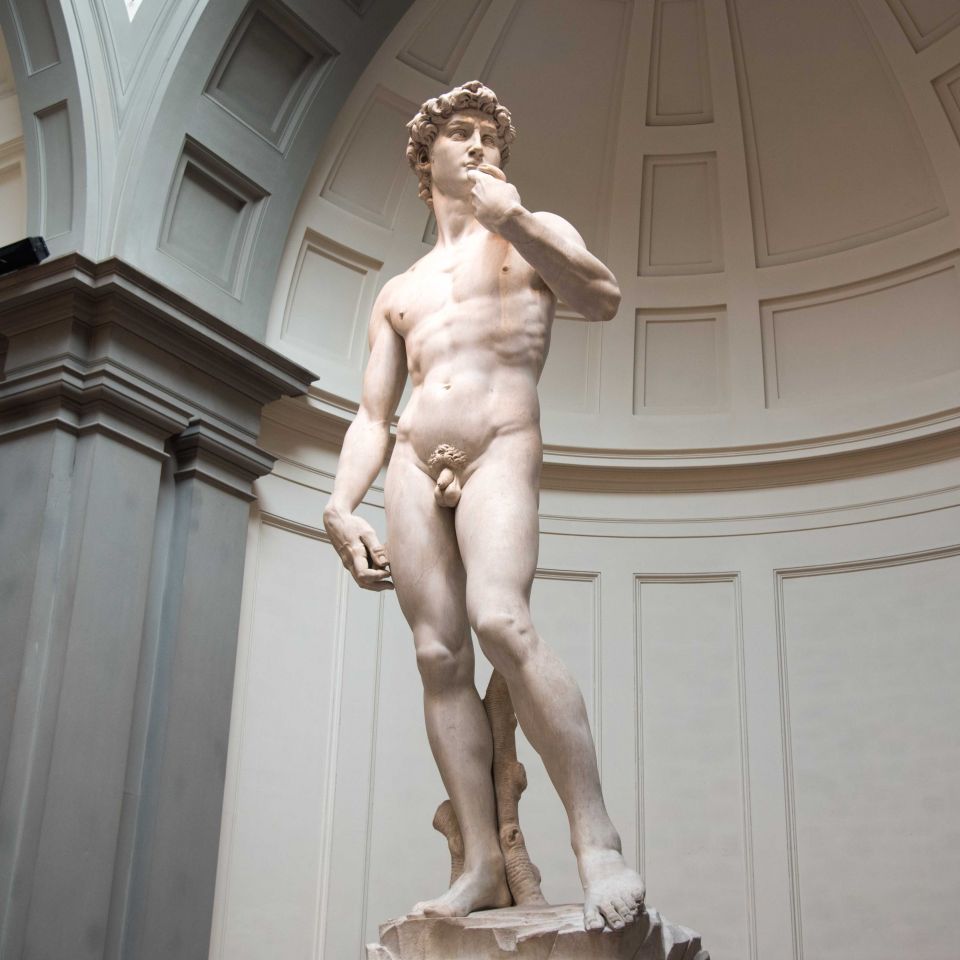
The joys of visiting off-season
One of the best ways of doing so is to visit Florence off season, if possible. My husband and I went in mid-February and enjoyed queue-free museums for a start. And once inside we didn't have to fight for a glimpse of the main 'attractions'. In fact, we even managed to see Michelangelo's David at the Accademia with hardly any other tourists around. Try that in the summer months and you will be struggling to get a picture without someone's selfie stick in the shot.
The months between December and February can of course be a bit tricky - being winter it may be chilly and occasionally even wet. But it still escapes me why anyone would prefer the scalding July and August sun, with temperatures close to 40 degrees and humidity that drives you insane, to a bit of a morning chill in winter.
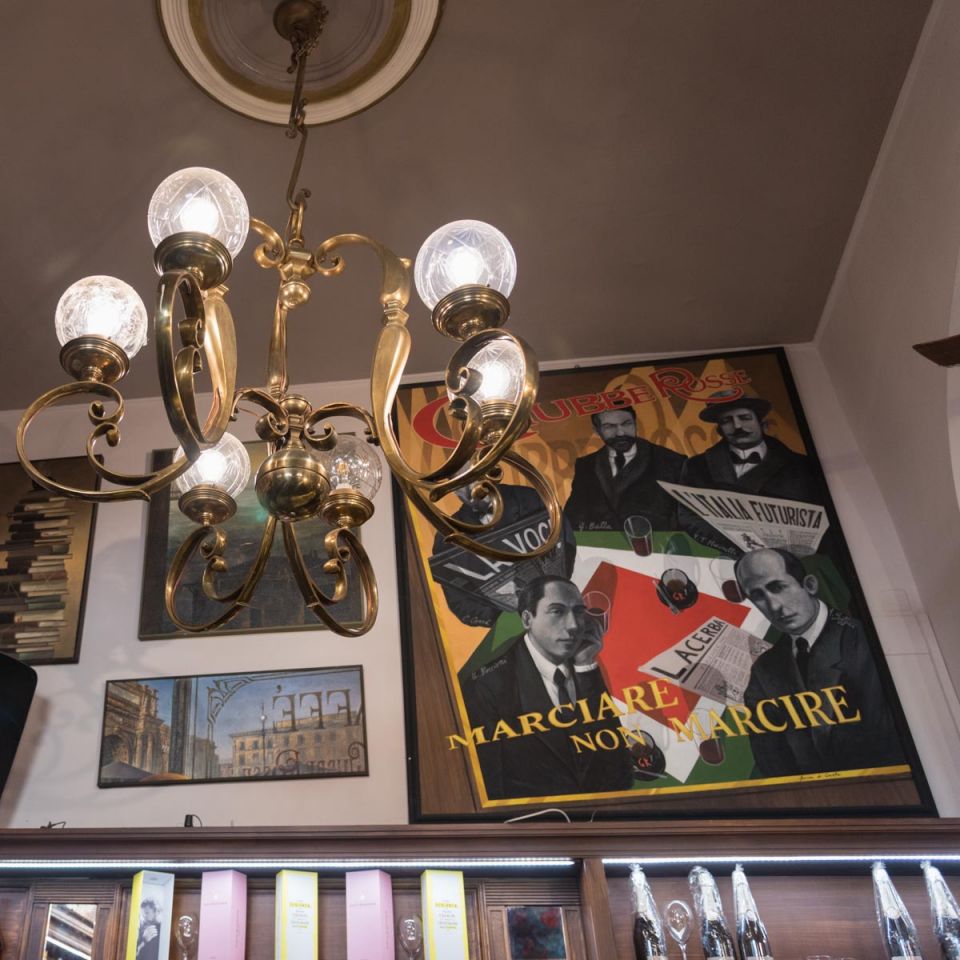
Restaurants with character
The choice of restaurants in Florence is endless - there is even a branch of the Hard Rock Cafe, though I am not quite sure why anyone would want an American-style burger & fries in the land of Fiorentina-style steaks. One of the advantages of visiting in low season is that you can get in anywhere without too much hassle - you usually enjoy the benefits of landing a table in any restaurant you like with hardly any effort. And receive better service too! Whether high or low season, try venturing a bit out of the main (central) tourist area: not that you can't find good restaurants there, but if you want a more 'local' feel you may need to walk a bit further. For instance try the lanes and the squares around Santo Spirito. which is on the left bank of the river, just 15-20 minutes walk from Ponte Vecchio. This is where the locals also seem to go, which is always a good indicator!
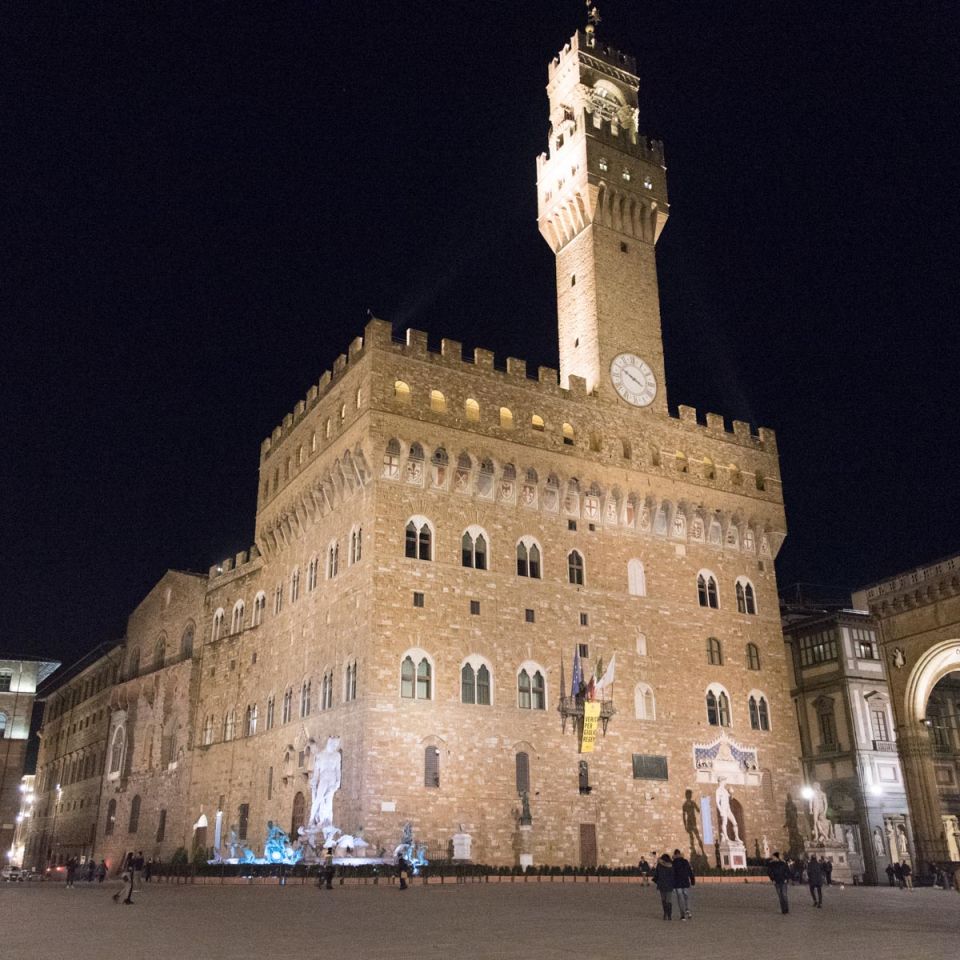
Caffè (or drinks) time!
Who said that the history of a city is only to be found in museums and churches? How about cafes? Often rushed tourists walk in front of them without knowing how much their history is intertwined with the city's. A key location here is the elegant Piazza della Repubblica, where you will find three establishments definitely worth visiting. One of them is Giubbe Rosse, founded in 1896, and so called because of the red jackets worn by the staff. The funny thing is that it was actually called Reininghaus, after its German owners, but people could not pronounce their surnames, hence the change to Giubbe Rosse. In the early 1900s the Futurist movement blossomed right here; it played a very important role in the history of Italian culture as a workshop of ideas, projects, and passion.
Opposite Giubbe Rosse is Caffè Concerto Paszkowski, which opened in 1846 as a brewery but it soon became a café where a famous all-female orchestra performed, something quite rare for the time. Again, this café-brasserie soon became a meeting place of the leaders of literature and art of the early 1900s. In 1991 it was declared a national monument.
And finally, also in the Piazza della Repubblica is the ornate Caffè Gilli, frequented by artists and intellectuals for at least a century. Gilli is a café in the Belle Époque style with ivory-coloured walls, Murano glass chandeliers, painted ceilings and arches confirming the good taste and the warmth of the Florentines. Many photographs of international artists are immortalised within its halls.
If you fancy a classy drink, then you may want to head for the Caffè Giacosa, in via della Spada, which has celebrated its 200th anniversary a couple of years ago. The cafe has been given a makeover by designer Roberto Cavalli, whose HQ is adjacent. Apart from the plush interiors in true Cavalli style (which one may like or not), this place's claim to fame is that the Negroni cocktail was invented right here, at this very bar, in 1920.
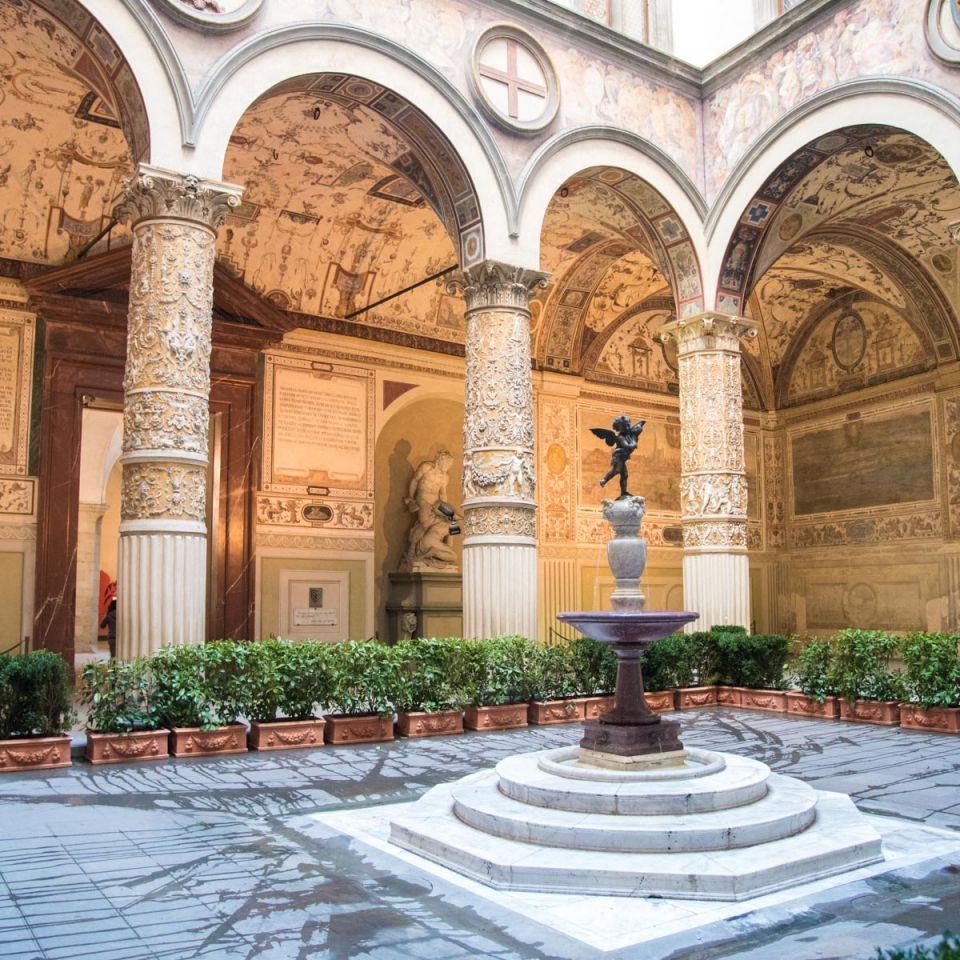
Scratch beneath the surface of the city
Any visitor to Florence soon realises that there are so many things to see and do in the city that it's difficult not to feel rushed. But if the say 'quality above quantity' is to be followed, then my suggestion is to also set some time aside to savour the city by delving into its history and its less-known facts. And Florence has an incredibly rich past indeed! In fact, when it comes to LGBT history, the city has a rather… let's say 'colourful' past. And this probably is not so surprising: how could a city that's been home to so many artists and intellectuals not have an interesting homosexual tinge? While we know of famous gay artists like Michelangelo and Leonardo da Vinci, there is actually an awfully lot more to discover in this city, which for a while during the Renaissance became a bit of a haven for homosexual men, where sex of all kinds was readily available. You will find that there's a lot of queer culture in every corner of the city, even the most unexpected!
Florence is one of those places that capture everyone's imagination. It's not an hyperbole to say that this relatively compact city holds more art treasures per square metre than any other in the world, so it's unsurprising that it is so popular. My advice to any visitor to Florence is to not be overwhelmed by its offering: pace yourself, organise your days to avoid the worst crowds and do ensure that you spend some time doing what the Florentines do - so to enjoy a bit of their everyday life in their beautiful city. Seeing the city as part of an organised tour is a great way to get more than a superficial experience. And be sure to make the time to stop, stare and just simply wonder…
